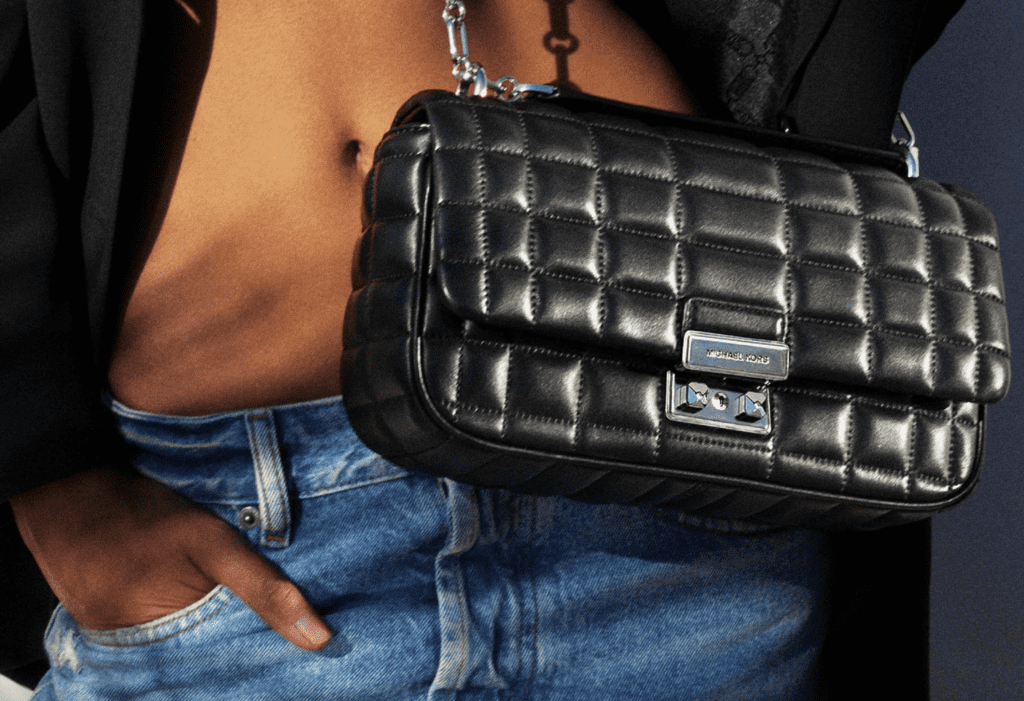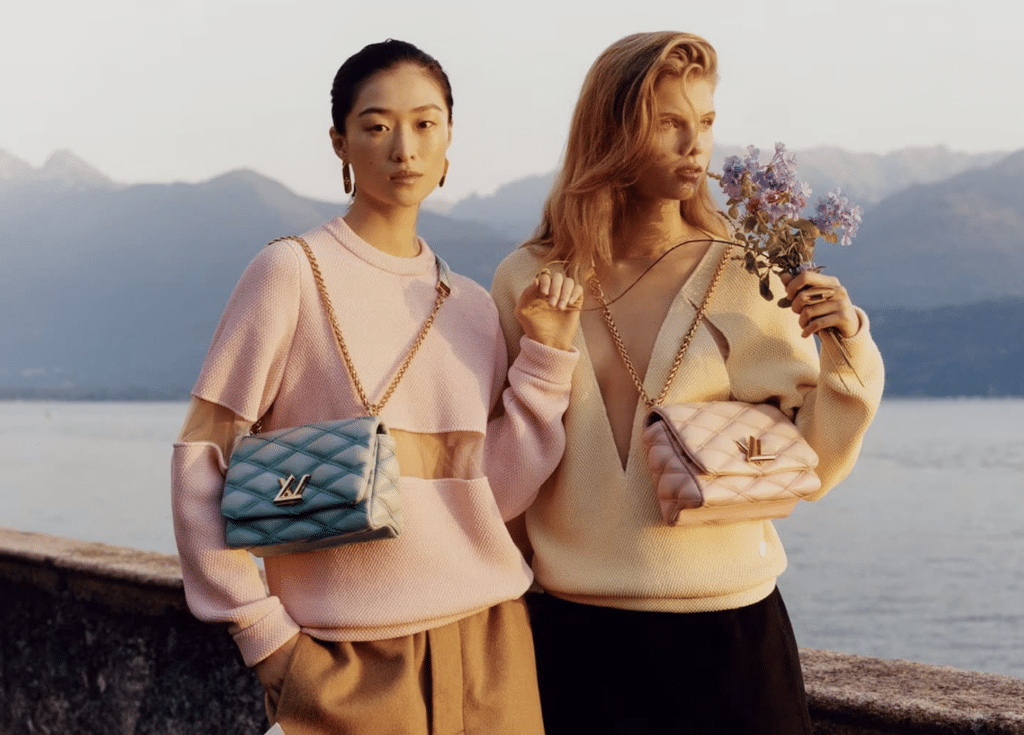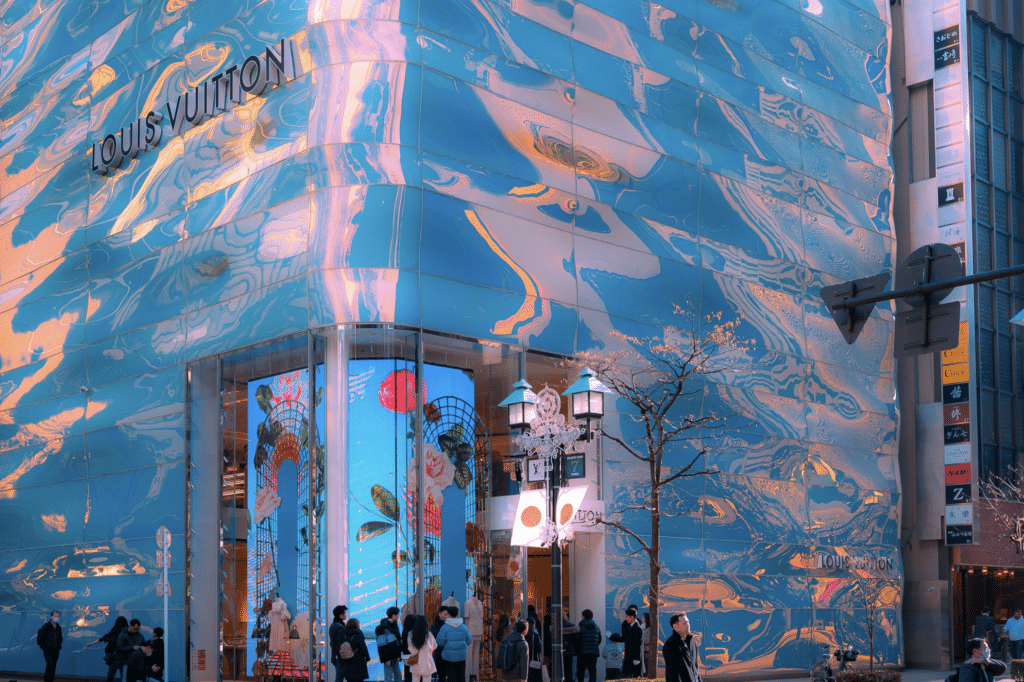The U.S. Federal Trade Commission (“FTC”) did not present an accurate picture of the luxury handbag landscape and mischaracterized how it operates during the parties’ trial this month, Tapestry and Capri argue in a new filing. The two fashion groups contend that their proposed $8.5 billion merger would actually increase brand competition and not harm consumers, despite the regulator’s arguments to the contrary. In their latest effort to dodge the FTC’s bid to block their headline-making deal, Tapestry and Capri claim that the FTC’s expert witness incorrectly divided the handbag market into “fuzzy” and unrealistic competitive categories that serve to inaccurately paint the transaction as anticompetitive, while also putting forth flawed numbers and an inaccurate depiction of the fashion industry.
In the Proposed Findings of Fact and Conclusions of Law that they lodged with the U.S. District Court for the Southern District of New York on September 24, Tapestry and Capri state that the FTC – by way of its expert witness Dr. Loren Smith – inaccurately applied certain economic and legal tests to define the relevant market, namely, the “accessible luxury” handbag market. In doing so, Smith lent improper support to the agency’s underlying argument that the companies’ merger – which “seeks to combine three close competitors,” Tapestry-owned Coach and Kate Spade and Capri’s Michael Kors brand – “would eliminate direct head-to-head competition” between those brands and “give Tapestry a dominant share of the ‘accessible luxury’ handbag market” as a result.
Brand Heat
Tapestry and Capri emphasize the role of “brand heat” as a driving force in the “hypercompetitive” luxury handbag market, as opposed to the economic and commercial factors the FTC has relied on to support its antitrust allegations. The two companies argue that a handbag brand’s success is not primarily dependent on pricing or product variety (which is what the FTC has argued). Instead, success hinges on companies’ ability to “demonstrate value through product innovation and creative storytelling to try to spark, what the industry calls, ‘brand heat.’”
The companies describe brand heat as “powerful” but “fickle,” noting that it can cause small and large brands, alike, to “quickly catch fire and experience tremendous growth” – or the opposite. They point to the Michael Kors brand as a prime example of that, explaining that even “after experiencing strong growth from 2003 through 2016, Michael Kors’ U.S. handbag sales have been in steady decline since 2018, dropping over $470 million in annual sales through 2023.” In addition to undercutting the agency’s antitrust concerns, Tapestry and Capri claim that this also illustrates how consumers perceive a brand can be highly unpredictable and how a company can quickly lose consumer interest, which can be difficult to regain.
In fact, Michael Kors has struggled to regain consumer interest and “customers have not responded to its attempts to reinvent the brand” despite numerous aims to “course correct,” the companies assert in the filing.
The consequences of losing brand heat, as has happened with Michael Kors, undermines the FTC’s antitrust arguments, per Tapestry and Capri, because “when consumers lose connection to a brand’s products or do not value the brand, the brand must discount to sell its bags, which can cause consumers to view the product and brand as increasingly lower value.” Using Michael Kors as an example again, Tapestry and Capri claim that the brand is now caught in a “vicious cycle,” and that despite increasing the list price of its handbags, its “actual average out-the-door price (‘AUR’) has fallen steadily.” They state that over the last five years “Michael Kors’ U.S. retail handbag AUR has fallen to roughly $92 (despite an average MSRP of $450),” illustrating how the brand’s perception has diminished significantly and how it cannot successfully raise prices without also increasing value in the eyes of the consumer.
Misapplied Tests and a Non-Existent Market
Tapestry and Capri also argue that the FTC improperly applied the Brown Shoe test, a legal standard courts use to assess the competitive effects of mergers, which they claim has ultimately led the agency to mischaracterize and inaccurately categorize the handbag market in a way that benefits its antitrust arguments. According to Tapestry and Coach, the agency “incorrectly applied the Brown Shoe test to focus on the brands themselves rather than the products offered by those brands,” and that “by focusing on brand identity rather than actual consumer choices and product substitutes, the FTC misrepresented the competitive landscape.”
Rather than the rigid market categories that the agency created via the test, the handbag space is better looked at as “a wide range of products and consumer preferences across price points,” the companies argue.
“The handbag market is not divided into rigid categories like ‘accessible luxury’ or ‘contemporary,’” as Smith and the agency have argued, according to Tapestry and Capri. Instead, they claim that “consumers cross-shop across a wide spectrum of price points and brands, purchasing from both mass market and luxury brands.” Consumers own bags from different price categories and from different brands, they companies maintain, thereby, making it impossible to carve out discrete market segments as the FTC attempts to do.
In case that is not enough, Tapestry and Capri claim that the FTC has failed to present “any evidence that the public recognizes ‘accessible luxury’ handbags as a separate relevant market,” noting that the terms “accessible” or “affordable” luxury are “not typically used in product marketing and there is no evidence that consumers understand what they mean.”
At the same time, the companies also criticize the FTC for its application of the hypothetical monopolist test (“HMT”), arguing that Smith’s HMT analysis inaccurately assumes that brands like Coach, Kate Spade, and Michael Kors are isolated competitors. The reality, they claim, is that “brands across a broad spectrum, including mass market and high-end luxury, compete with each other” in the dynamic handbag industry and thus, Michael Kors’ lost sales are not necessarily going to Coach or Kate Spade.
In the same vein, Tapestry and Capri point out that the market is far too competitive and diverse for any single group of brands to dominate or act as monopolists. Rather, they argue that a correct application of the HMT would show “that consumers consider – and purchase – handbags offered by hundreds of brands, across a broad spectrum of prices, and materials, all of which will be unaffected by the merger.”
No Objections, No Harm
Finally, Tapestry and Capri argue that the FTC has also failed to provide any factual evidence that the proposed merger would actually harm consumers or reduce competition. A key point in their filing is the fact that the agency has not presented evidence “from a single end-user, wholesale customer, or industry participant stating concerns about Tapestry acquiring Capri.” In fact, they emphasize that “not a single witness in this case other than [the FTC’s] economic expert” suggested that the merger would have any negative impact on competition. The companies further highlight that “no one has complained, except for [the FTC]” and pointed to the lack of any objections from competitors, retailers, or consumers as evidence that the merger is not viewed as harmful by those actually involved in the market.
Tapestry and Capri assert that, if there were legitimate concerns about anti-competitive effects, major retailers and/or handbag brands would have spoken out against the deal, stating that the absence of any such opposition further reinforces their position that the merger will not harm the industry or reduce consumer options.
Still yet, they claim that the FTC also has not presented evidence that they would (or could) arbitrarily raise prices in the wake of the merger. The companies call attention to the secondary market to bolster their argument here, noting that “resale is a big business” with pre-owned handbags becoming a significant competitor in the marketplace. “Witness after witness testified to the growing competitive significance of resellers,” the companies state, highlighting that the growth of resale platforms has more than doubled in the past five years. This, they argue, further ensures that consumers will have plenty of options and that “there is no factual evidence that Tapestry could raise prices post-merger without also increasing consumers’ perceived value in [their brands’] products.”
“Handbag brands cannot simply impose a price increase without adding value because consumers will push back against price increases,” they argue.
The case is Federal Trade Commission v. Tapestry, Inc., 1:24-cv-03109 (SDNY).











